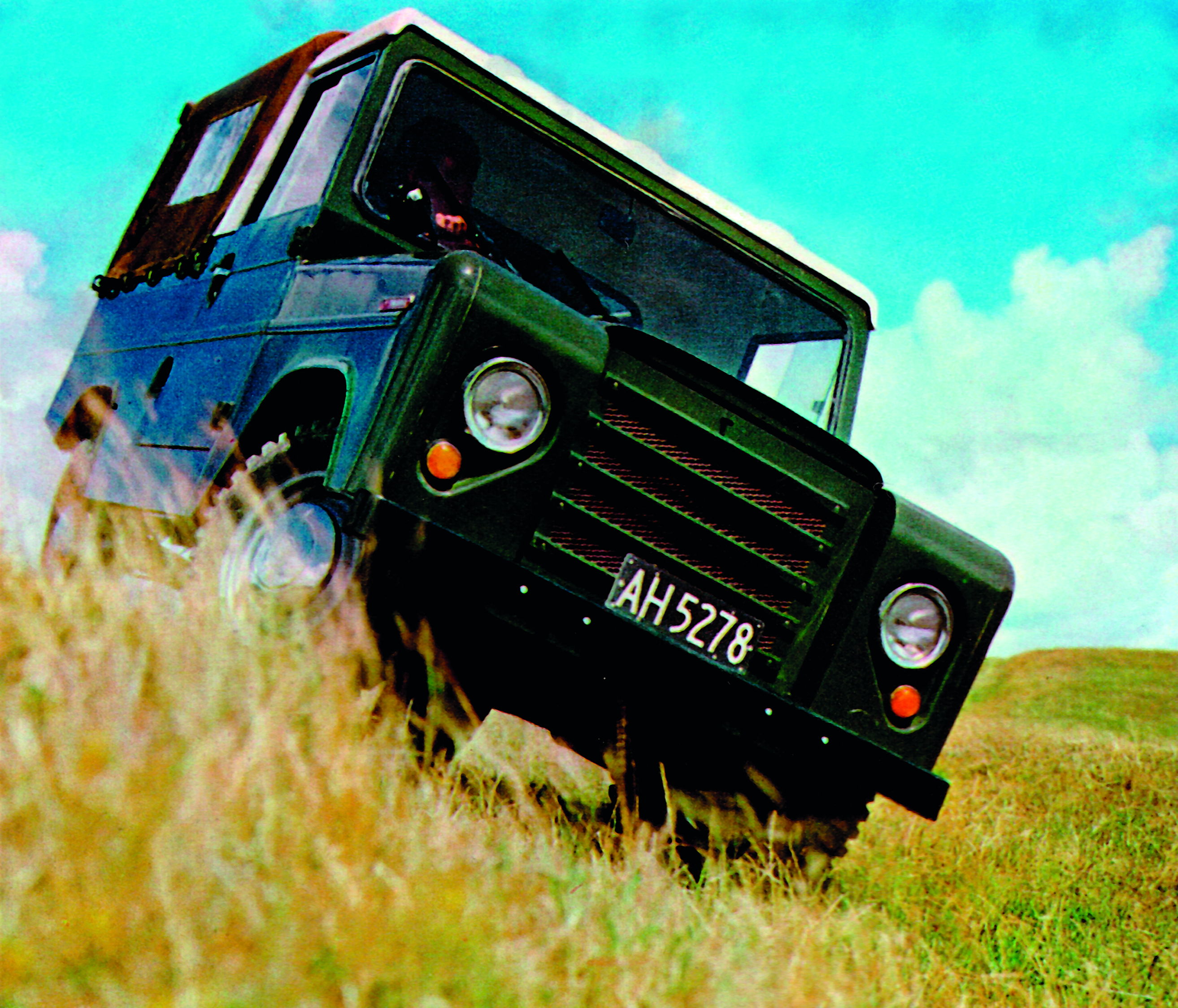The predecessor of the ŠKODA SUV models: The TREKKA was launched 50 years ago

› In 1966, construction of the ŠKODA TREKKA lightweight off-road vehicle began in New Zealand
› The chassis was based on the ŠKODA OCTAVIA
› Many bodywork variants, good off-road capability, low running costs
› Successful export to Australia and Oceania
Mladá Boleslav, 2 December 2016 – The ancestor of the ŠKODA SUV models is celebrating a major birthday: exactly 50 years ago, on 2 December 1966, production of the TREKKA model began in the town of Otahuhu, New Zealand. By 1972, almost three thousand of the lightweight off-road cars had been manufactured.
"ŠKODA has always striven for solutions that are tailored for individual markets," said Andrea Frydlová, Manager of the ŠKODA Museum in Mladá Boleslav. "The all-terrain TREKKA, which was produced in collaboration with the New Zealand importer and local businesses, is a prime example of this philosophy."
The vehicle manufacturer from Mladá Boleslav had developed the New Zealand market early on: over 100 years ago, Laurin & Klement cars were already being exported to New Zealand.
The ŠKODA cars delivered from Czechoslovakia in a disassembled state (CKD – completely knocked down) for customs and tax reasons were imported by the company Motor Industries International based in Otahuhu since 1956. The ŠKODA TREKKA was developed in a collaboration between several dozen local businesses and representatives of the plant in Mladá Boleslav to be a robust, compact, everyday car for the local farmers, tradespeople and merchants.
In 1965 and 1966, several designs and prototypes were created, which bore the hallmarks of Josef Velebný, ŠKODA’s former Head of Bodywork Development, and New Zealand designer George Taylor. The chassis, which was based on the ŠKODA OCTAVIA, came from Mladá Boleslav along with the rigid central tubular frame and independent suspension. Its special features were the wheelbase, which was shortened from 2,389 mm to 2,165 mm, and the axle ratio, which was changed from 4.78 to 5.25. Tyres with dimensions of 5.90 x 15" contributed to the 190-mm ground clearance; there was also an optional differential lock that improved the off-road capability of the rear-wheel-drive TREKKA.
The front, longitudinally mounted OHV four-cylinder engine with a cylinder capacity of 1,221 cm3 achieved 34 kW (47 PS) at 4,500 rpm and its torque reached 87 Nm at 3,000 rpm. With its synchronised four-speed gearbox, the ŠKODA TREKKA had a top speed of 105 to 110 km/h. Its consumption of approximately 11 l per 100 km formed the basis of its relatively low running cost.
Customers could choose from several variants: a three-door pickup with between two and eight seats, a canvas soft-top, a fixed plastic hardtop, an estate model (STW) and a beach variant. The TREKKA was 3,590 mm long, 1,600 mm wide and between 1,785 and 2,040 mm high. It weighed between 920 and 980 kg, and could carry loads of up to 450-500 kg.
From 1966 to 1972, nearly 3,000 TREKKAs were made, probably the first car designed and built in New Zealand. Export markets included Australia, Fiji, Samoa and Vietnam. ŠKODA also applied a similar concept in Pakistan, where production of the SKOPAK (ŠKODA Pakistan) lightweight off-road car commenced in May 1970. The Czech car manufacturer still successfully sells its models in New Zealand today, just as in Australia and over 100 other international markets.
 Customers could choose from several variants: a three-door pickup with between two and eight seats, a canvas soft-top, a fixed plastic hardtop, an estate model (STW) and a beach variant.
Customers could choose from several variants: a three-door pickup with between two and eight seats, a canvas soft-top, a fixed plastic hardtop, an estate model (STW) and a beach variant. Its low weight, 190-mm ground clearance, short wheelbase and optional differential lock predestined the ŠKODA TREKKA for off-road use.
Its low weight, 190-mm ground clearance, short wheelbase and optional differential lock predestined the ŠKODA TREKKA for off-road use.